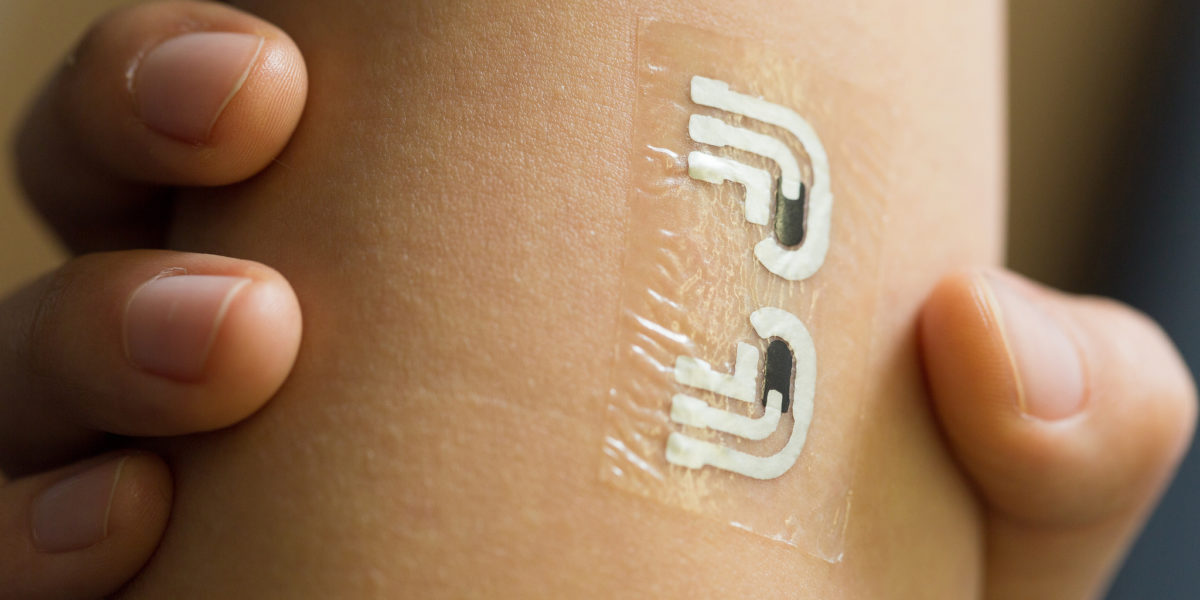There’s an interesting part of Paul Mason’s book, Postcapitalism, in which he claims capitalism’s great achievement is technological progress. Seductive technology is an advertising billboard, behind which lies creaking infrastructure, on the verge of collapse.
When you study a map of the world, the point is self-evident. Most of our advanced tech springs from the US or from Japan. China does, increasingly, have large, quasi-national, tech brands but their tech is imitative rather than innovative. And besides, China is increasingly becoming part of the western economy.
Wearable tech is an interesting space to watch capitalism at its best and worst. Many rubbish products are touted as category saviours. These products give you ludicrous data that you’ll never need, unless you’re an Olympian.
Myontec Mbody, for example, will sell you some cycling bib shorts that collect ‘combined muscle load with heart rate data… via its MCell Smart measuring tech’ (Forbes). To begin with, I’m not really sure what ‘combined muscle load with heart rate data’ means. But also, no serious cyclist will ever actually buy this kind of product. If anyone is stupid (and wealthy) enough to part with over £500 for a pair of bib shorts, you’ll probably find them – decked head to toe in pink Rapha clobber – sweating their way up Broomfield Hill in Richmond Park on Saturday morning. I could go on to produce a list of pointless wearable tech but it would be only marginally less pointless than the devices themselves.
But there are also some wearables products capable of enabling genuine social progress. These devices can help people with pre-existing medical conditions, such as diabetes, and they can also help people get early diagnoses of serious illnesses. Skin-surface glucose testing, for which diabetics have a small device implanted under skin (for example, on a bicep), mean diabetic management can be not only simpler, but also, more efficient. Given that 10% of the NHS budget is spent on diabetes – a significant amount of which goes on the existing model of measuring blood sugar levels (using less hygienic testing strips) – this is progress.
It is tempting for companies to jump into the wearables category before thinking about why they are doing so. Wearables don’t have to be an expensive gimmick; they have the capacity to make a real impact when a consumer need is identified.


